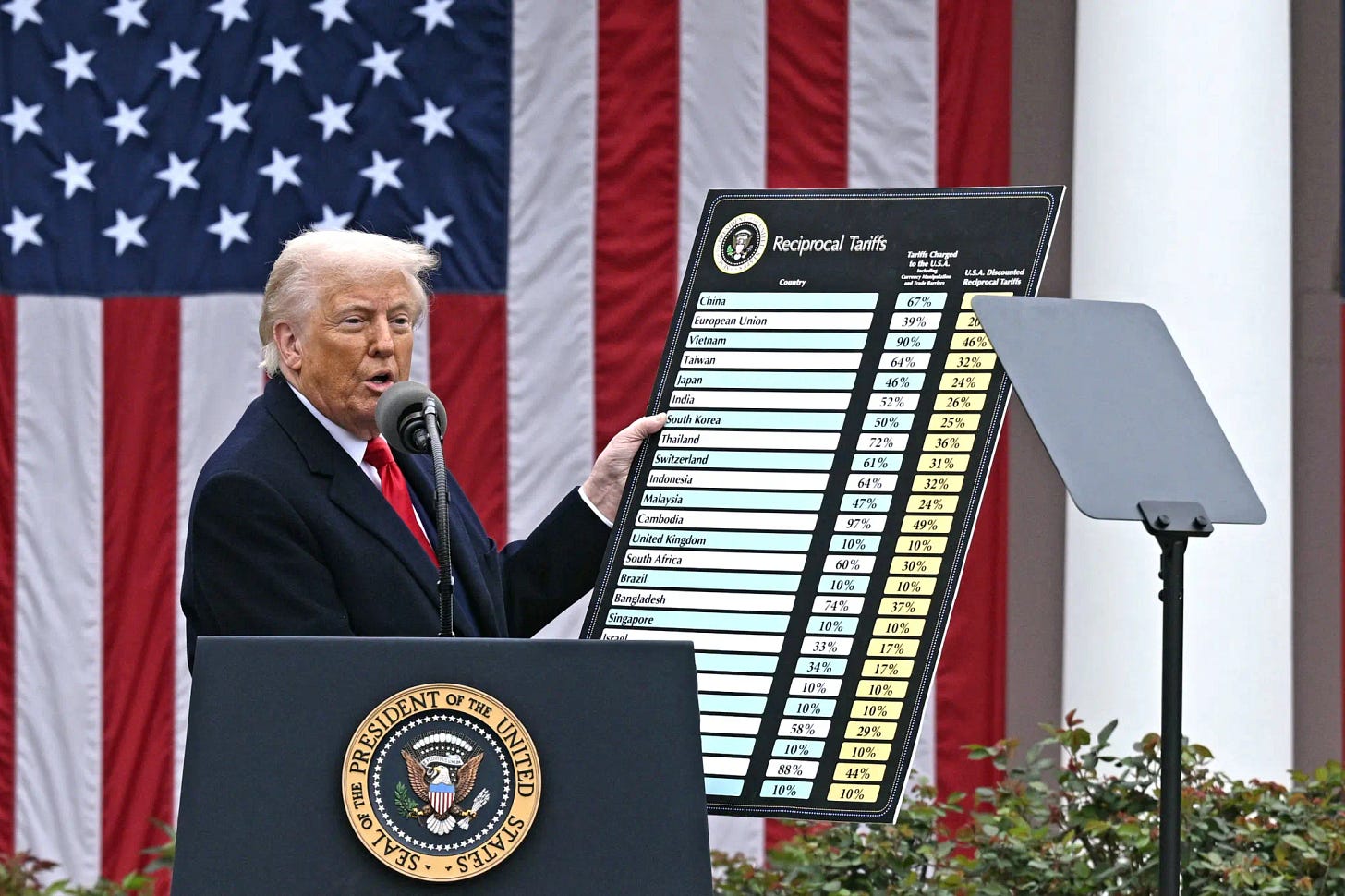Liberation Day for American Workers: Trump Takes on Globalization
President Trump’s sweeping tariffs deliver on his promise to revive American manufacturing and protect workers by reversing decades of damaging trade deficits.
Delivering on Promises to American Workers
Saturday, April 5th, 2025: By Walter Curt
President Donald J. Trump has once again put American workers first. In early 2025, he unveiled a bold new tariff policy aimed at reviving U.S. manufacturing and correcting decades of unfair trade. This move isn’t just another policy tweak – it’s the fulfillment of Trump’…




